Discussion
Figure 1 shows the color of the sun as it goes through the phases of sunrise to noon to sunset. At sunrise, the color is an orange/red, but by noon, the high energy blue wavelengths are most abundant.

Figure 1 – Color Temperature
The color of the sun can be measured using Color Temperature, which is a mapping of colors to a reference called a black body radiator. The black body radiator is only theoretical and does not exist but heating a piece of iron would be very similar. We use the Kelvin temperature scale for this measurement.
Figure 2 shows an iron bar that is heated to high temperatures. The iron bar emits different wavelengths of light depending on the temperature, measured in Kelvins. We can then map these colors to the temperature of the iron.
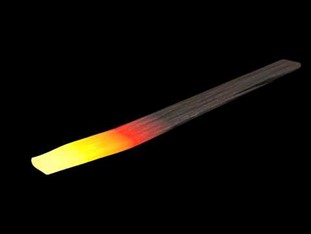
Figure 2 – Hot Iron Bar
Figure 3 shows a mapping of color temperature to typical lighting sources.
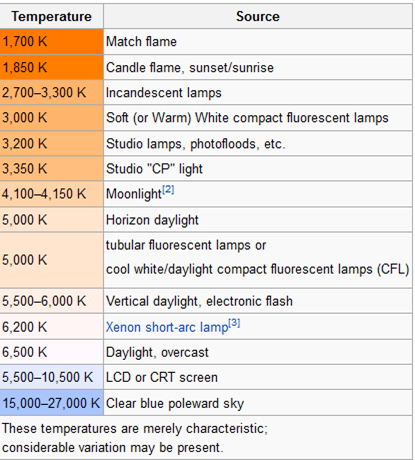
Figure 3 – Color Temperature Chart
Using Color Temperature allows us to assign a single value to describe the set of wavelengths being emitted, but to see how the wavelengths are truly distributed, we need to use a graph showing the spectral distribution.
Figure 4 shows the spectral distribution of a typical incandescent light. The color of an incandescent light bulb is a soft yellow, which maps to about 2700 Kelvin on the color temperature scale. However, with the spectral distribution chart, we can see which wavelengths comprise this color temperature. Notice that for an incandescent light, there is a small percentage of blue wavelength light and a large percentage of red wavelength light.
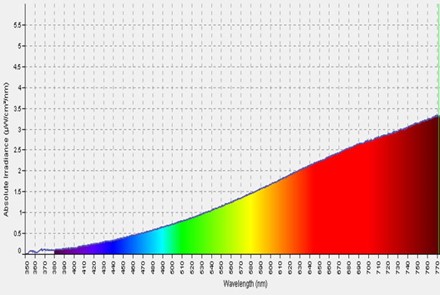
Figure 4 – Spectral Distribution of Incandescent Light
Figure 5 shows the spectral distribution of typical LED lights at various color temperatures. Rather than smooth curve from very little blue up to mostly red as is the case for incandescent, an LED light has a large spike of blue wavelength light and very little red. These two charts show the fundamental difference between the spectral distributions of incandescent and LED.
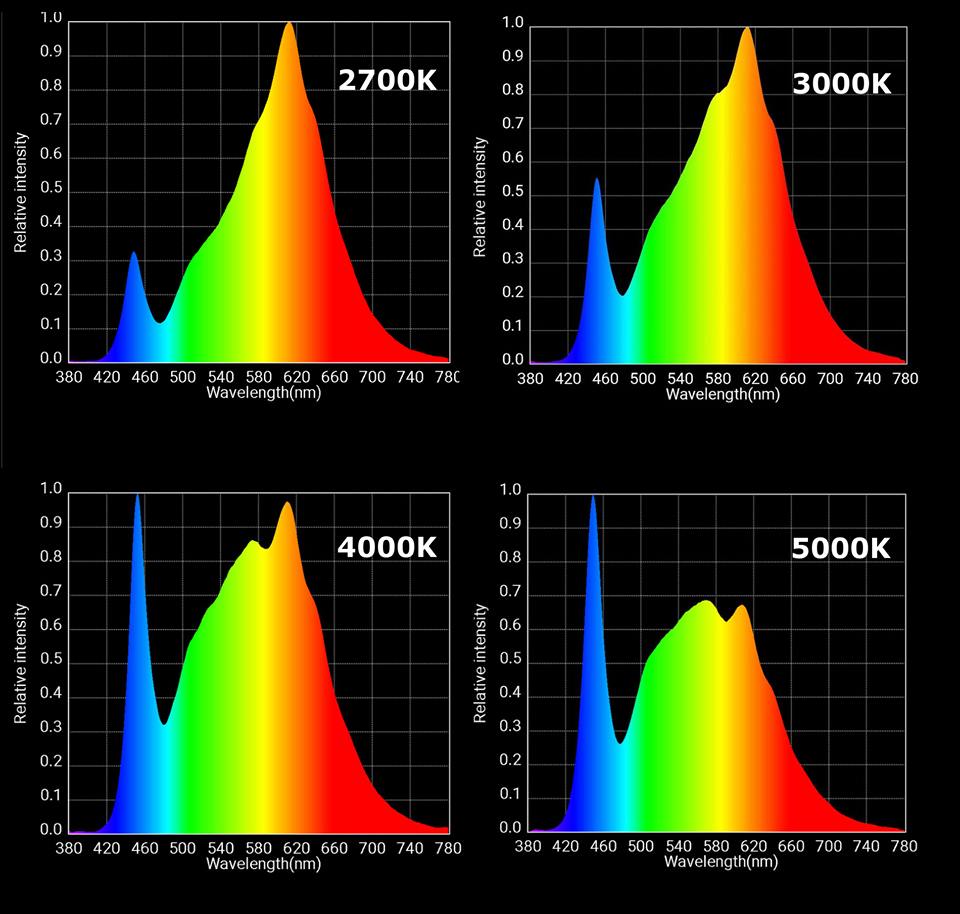
Figure 5 – Spectral Distribution of LED Light
Much research has been done over the last few years showing that this high energy, blue wavelength is harmful to human health, harmful to wildlife and harmful to the entire ecosystem.
Spectral
Blue wavelength light from the sun and even the moon and stars is a key controller of our circadian rhythms. Artificial LED light has a huge spike at exactly the blue wavelength that can disrupt our circadian rhythms and damage our eyes. LEDs have an unnatural, toxic spectral power distribution. While this chart supposedly shows the spectral power distribution of LEDs for certain Correlated Color Temperatures, this chart oversimplifies the fact that LEDs have a different spectral power distribution at each point in space from a flat source emitter.

Issues
Sensitive Receptors
Many sensitive receptors find 3000K, 4000K and 5000K LED streetlights to have too much blue wavelength light, to be too bright and painful, causing emotional anguish. Figure 6 shows the glare and harsh white color of high color temperature LED lights. A sensitive receptor may perceive this light as evil or as a physical attack. The sensitive receptor may be caught between being mesmerized by the blue/white light and trying to turn away to avoid eye damage. The brain is telling the sensitive receptor that this light is extremely dangerous, thus invoking feels of fear, agitation, anger, and even suicidal thoughts.
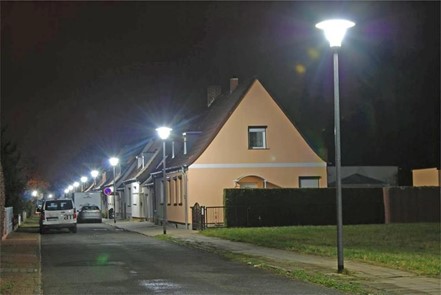
Figure 6 – The high color temperature of lights is harmful to human health.
As an example, the father of a 12-year old autistic boy, Damien McNamara, shared his story of how his son’s behavior suddenly changed after the installation of the 4000K LED streetlight shown in Figure 7. His behavioral problems began to present a month after a 114-watt LED streetlight was installed 12 meters from his bedroom window.[1] Mr. McNamara’s son became emotional distraught with severe tantrums and attempts at self-harm. These issues subsided when the family moved to another house away from the light.
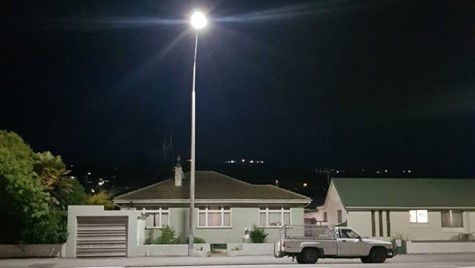
Figure 7 – 4000K Streetlight in Front of Mr. McNamara’s House
Glare
Figure 8 shows the glare in a commercial area with high color temperature LED lights. The glare leads to eye fatigue, possible headaches, and nausea, and is not aesthetically pleasing.
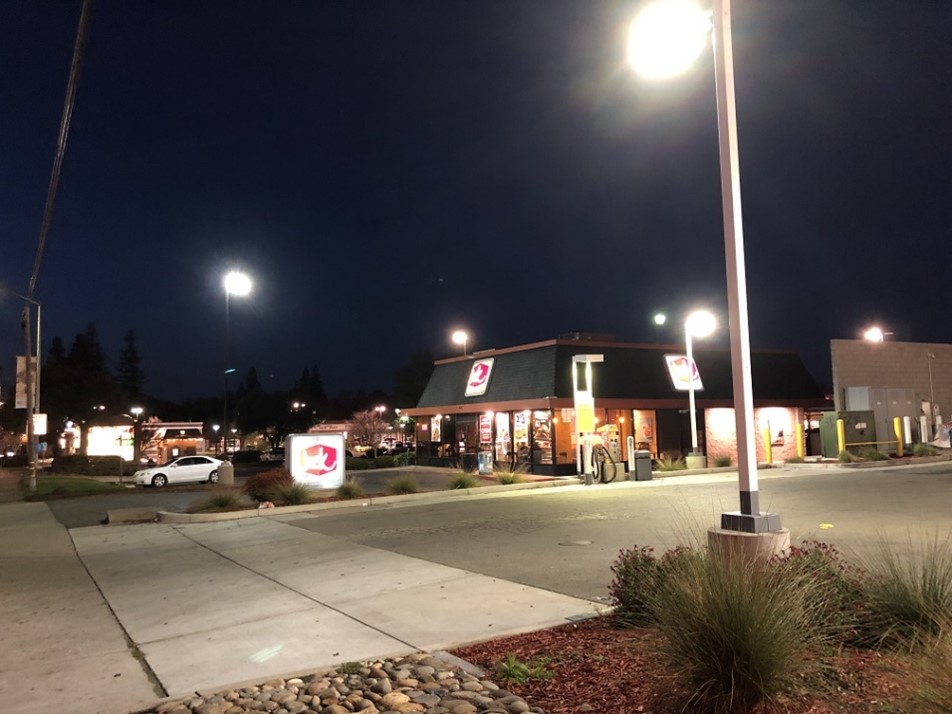
Figure 8- High Color Temperature Glare
The glare from these lights is a distraction for drivers on the roadway because the glare reduces vision. Figure 9 shows the glare from a high color temperature LED light in a tunnel. This glare is caused by the high energy blue wavelength of the 5000K LED lights.
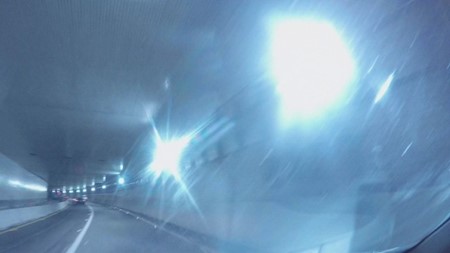
Figure 9 – Glare in Tunnel
Eye Damage
High color temperature lights can cause permanent eye damage. When blue wavelength light hits the molecule called retinal, this causes a cascade of chemical reactions which results in an increase in oxidative damage and calcium levels.
In addition, the effects of this damage are cumulative. The damage can occur through photomechanical, photochemical and photothermal mechanisms and the damage can be severe. This means that over time, the eye becomes more and more damaged which can lead to diseases such as macular degeneration.
The retina’s photosensitizing ability in the cellular environment has the potential to elicit cell-wide oxidative damage to crucial signaling molecules and change the cellular fate.[2] LED light caused a state of suffering of the retina with oxidative damage and retinal injury.[3] Light has a cumulative effect.[4]
Disruption of Circadian Rhythms
Nighttime is when our melatonin hormone levels should be rising, we should be getting sleepy and our bodies should be doing the work of cell repair. The blue wavelength light suppresses our melatonin production, disrupts healthy sleep, and leads to increased rates of cancer, diabetes, sleep disorders and mood disorders because our cells do not get repaired.
Figure 10 shows the normal melatonin cycle, where the peak of the melatonin hormone is in the middle of the night. Blue wavelength light interrupts this normal process, giving cells less time to repair and leading to an increase in diseases and emotional disorders.
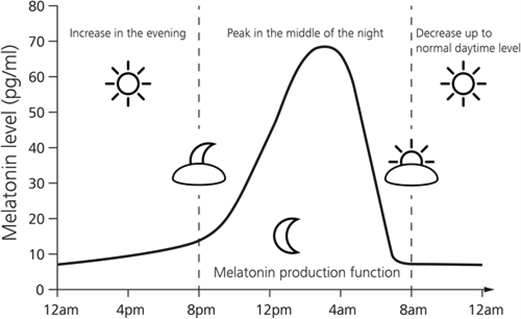
Figure 10 – Melatonin Production
Chronic disruptions of circadian rhythm may have the potential to seriously affect human health.[5] Exposure to blue light from white LEDs under an LDPP suppresses melatonin secretion.[6] Light exposure in the evening, at night and in the morning affected the circadian phase of melatonin levels.[7]
Increased Light Pollution
The high energy of blue wavelength light means that any escaped light is more likely to contribute to light pollution. Figure 11 shows the relative impact of color temperature on Skyglow. The higher energy blue wavelength light, the greater its contribution to light pollution.
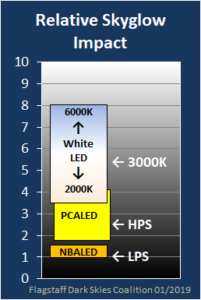
Figure 11 – Color Temperature Impact on Skyglow
Reduced Safety
High color temperature lights have been shown to increase anxiety and decrease feelings of safety. There is a general perception that brighter lights increase safety. However, studies have not shown this to be true. With high color temperatures, individuals may use the word “brighter” to describe the light when in fact the brightness (measured in lumens) has not changed. The glare from the higher energy blue wavelengths gives the false impression that something is brighter, when in fact only the spectral distribution has changed.
Since glare reduces our ability to see clearly and reduces our vision (decision making abilities), using high glare outdoor lighting leads to reduced safety. Figure 12 shows two high color temperature lights. While the common myth would say that this very bright lights make us safer, the contrary is true. In the photo, there is a person in between the two white lights, made essentially invisible due to the glare. This means that glare can be used by an assailant to hide, unseen by others. In addition, the high contrast between light and dark makes it more difficult to see objects. Spaces with warmer color temperatures are perceived as safer places.[8]
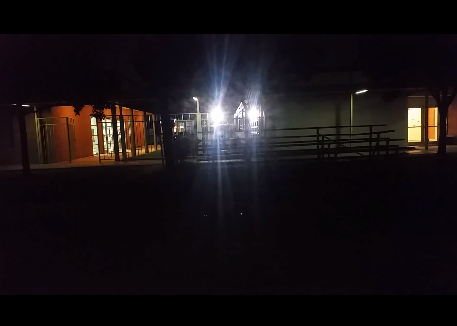
Figure 12 – Glare Hides Pedestrian
Proposed Regulations
Due to the dangers of blue wavelength light to the eyes, circadian rhythms, and function of the ecosystem, we propose that outdoor installed lights shall be in the range 0 Kelvin to 2200 Kelvin for residential and rural areas. For all other areas, the outdoor lights must be in the range 0 Kelvin to 2700 Kelvin. In addition, the spectral G-Index for outdoor lighting shall be at least 1.4.
We propose that enforcement of these color temperature maximums take place at the local level. Most local governments have procedures for report nuisances such as loud noises or noxious smells. Each local government shall be required to update their municipal codes to set these color temperature limits.
To expedite remediation of violations, residents must first report the offense to their local government for corrective action. If the color temperature violation still exists after 30 days, the resident may sue the government in Small Claims court for failure to take corrective action. Correcting the violation is not an undue burden on either the owner of the light or the government because the action of turning off the light is near instantaneous. The owner may then choose to either leave the light turned off or replace the light with a 2700K or less light.
A resident who sues in Small Claims shall not be liable for any attorney fees from either side or any penalties. If the court finds for the resident, the local government shall be fined $1,000, with $500 going to the resident and $500 going to the State. A resident may sue for the same offense at the same location twice per year. Local governments may then choose whether and now to seek reimbursement from the violator.
Figure 13 shows an acceptable amber (approximately 2200K) LED wall pack that is safe for human eyes and does not cause emotional anguish for sensitive receptors. The design of this light reduces energy use and light pollution and reduces the chance of glare and eye damage.
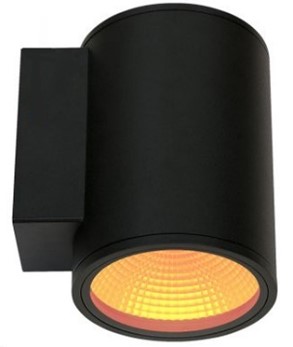
Figure 13 – Amber wall pack is safe, reduces light pollution and uses little energy.
Additional References
- ”At the molecular level, analyses revealed an increase of oxidative stress followed by cell death” – National Institutes of Health (2016) – Effects of white light‐emitting diode (LED) exposure on retinal pigment epithelium in vivo
- ”Exposure to blue LED light for 3 days induced retinal damage” – National Institutes of Health (2018) – Exposure to Excessive Blue LED Light Damages Retinal Pigment Epithelium and Photoreceptors of Pigmented Mice
- ”LED blue-light exposure poses a great risk of retinal injury in awake, task-oriented rod-dominant animals.” – National Institutes of Health (2018) – Light-emitting-diode induced retinal damage and its wavelength dependency in vivo
- ”LED light caused a state of suffering of the retina with oxidative damage and retinal injury.” – National Institutes of Health (2015) – Retinal Damage Induced by Commercial Light Emitting Diodes (LEDs)
- ”blue-light induced photochemical injury of the retina.” – National Institutes of Health (2014) – White Light-Emitting Diodes (LEDs) at Domestic Lighting Levels and Retinal Injury in a Rat Model
- ”retinal damage by intermittent light exposure promotes an irreversible damage” – Nature (2015) – Light pollution: the possible consequences of excessive illumination on retina
[1] https://www.stuff.co.nz/national/116865102/effects-of-led-streetlights-on-autistic-son-led-damien-mcnamara-on-dark-sky-campaign
[2] https://www.nature.com/articles/s41598-018-28254-8
[3] https://pubmed.ncbi.nlm.nih.gov/25863264/
[4] https://www.ncbi.nlm.nih.gov/pmc/articles/PMC4734149/
[5] https://onlinelibrary.wiley.com/doi/full/10.1002/jbio.201900102
[6] https://onlinelibrary.wiley.com/doi/full/10.1111/asj.13353
[7] https://pubmed.ncbi.nlm.nih.gov/30311830/
[8] https://theconversation.com/more-lighting-alone-does-not-create-safer-cities-look-at-what-research-with-young-women-tells-us-113359